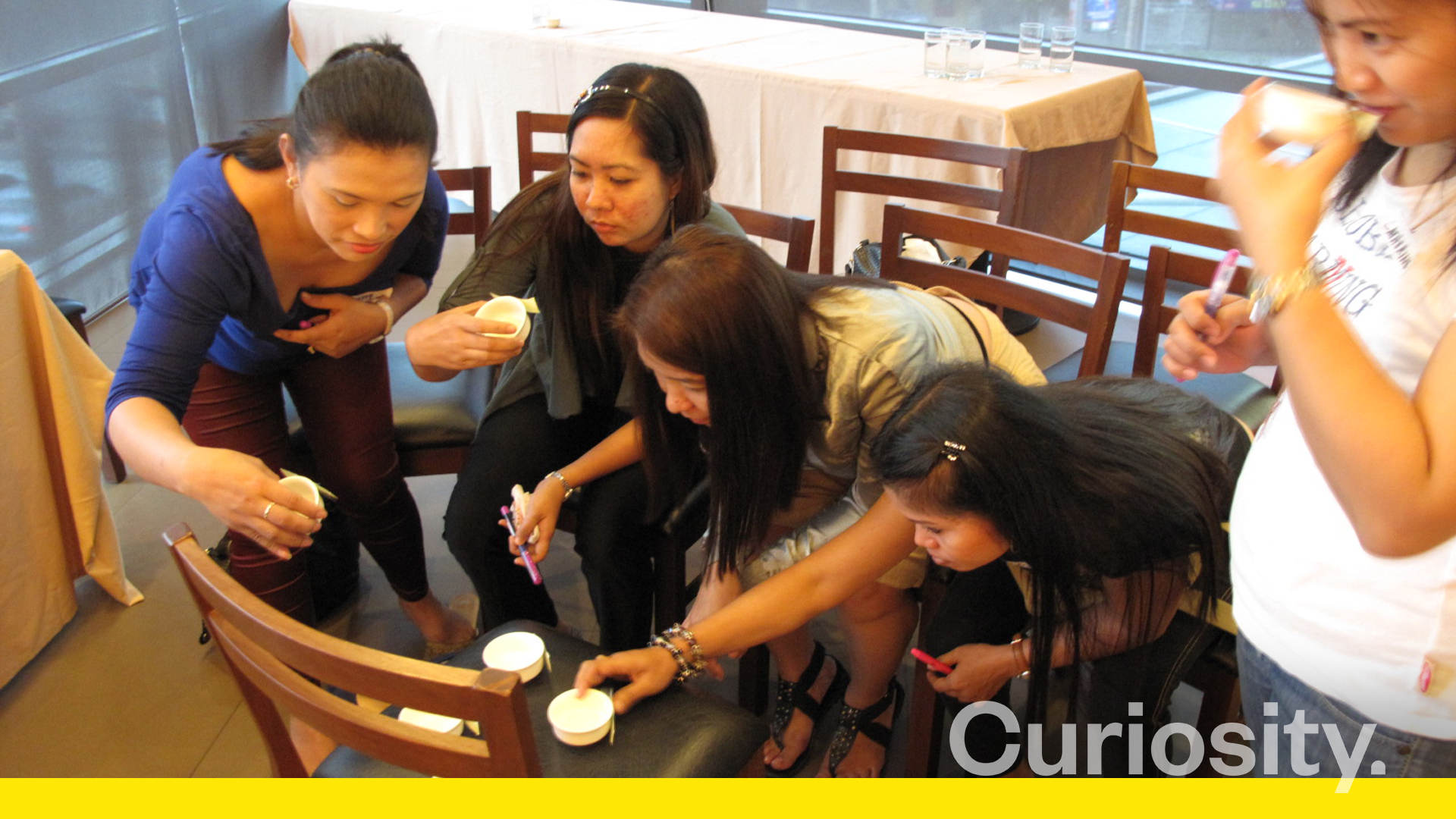
19 Nov Defining “Hiyang” in consumers choice of hair care products
Client / Company: FMCG Company
Industry: FMCG
Research Method: Ethnographic Research
Objectives and Methodology
An FMCG Company developed a new shampoo brand for the Philippine market. To help in the product’s development, strategy, and communication, Curiosity was tasked to learn more about a user’s concept of “hiyang” in relation to shampoos. Focus Group Discussions and Home Visits were conducted to map out a shampoo user’s concept of “hiyang”, both in general and in relation to shampoo. Participants were of a mix of hair types and shampoo usage.
What is Hiyang?
Hiyang is a state of compatibility between one’s body and something external evaluated through individual experience. Finding one’s hiyang shampoo makes a person feel sexy and confident, become more attractive to the opposite sex, receive praise from friends and peers, become more effective at work, and (for mom’s finding their child’s hiyang shampoo) gives them a sense of being a good mother.

Marketing Implications
Hiyang creates loyalty. A person who finds their hiyang wants the brand to succeed, and will gladly recommend to other people. The client can help users in their quest to find their personal hiyang shampoo. Experimenters and Novelty Seekers (i.e. those with high propensity for experimentation) are the low hanging fruit.
Hiyang is more important than price, as long as still within budget. Client can thus provide triggers such as ads, promos, free samples, and referrals to get them interested. Since there is fear of having a negative reaction to the product, credible positive reviews from friends and celebrities help reduce fear. Sachets are the preferred method for trying something new without long-term commitment. If client decides to give out free samples, it must be good for at least 3 uses for user to assess if hiyang.

A person can be hiyang to multiple brands. Preference will then come into play (ex. fragrance, design, endorser, brand promise, etc). The presence of after-sales contact for users to guide them through contact points will help manage expectations of results on first-use and long-term use. Users should be encourage to experiment on variants if not hiyang to current variant instead of them trying a competitor brand.

